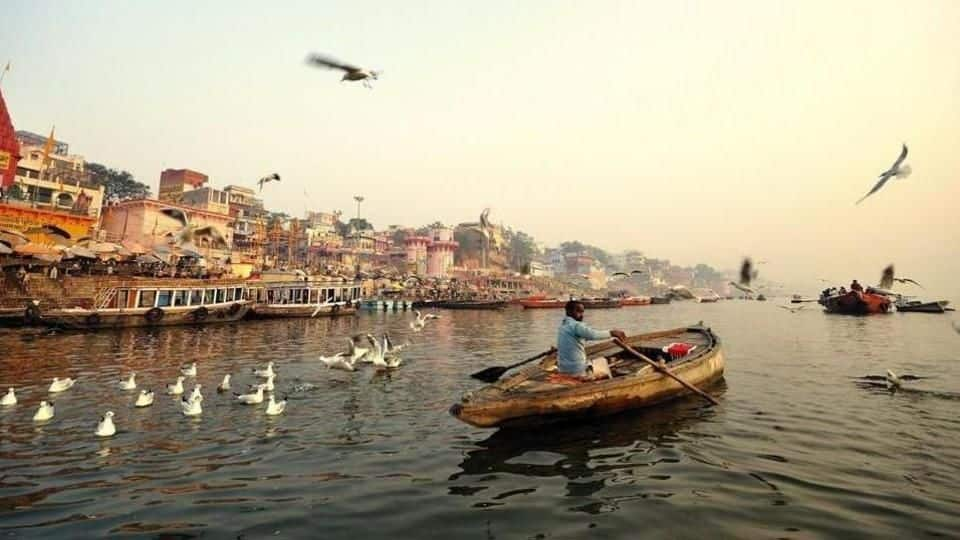
After 32 years of cleaning, how dirty is Ganga today?
What's the story
Contradicting reports of visible filth and pollution, the National Mission for Clean Ganga's (NMCG) recent data suggests that the holy river might be cleaner today than it was 32 years ago, when the government first launched projects to revive it. According to a Hindustan Times report, the Ganga's quality has improved since 1986 in two out of three key parameters. But has it really?
Findings
Government has revealed only partial data regarding Ganga's water quality
The Central Pollution Control Board, India's pollution monitoring authority, measured the Ganga's water quality across three major parameters - dissolved oxygen (DO), biological oxygen demand (BOD) and faecal coliform level. Though it provided the NMCG the data for all the three parameters, the NMCG only made available the (positive) findings of DO and BOD. It didn't disclose the status of faecal coliform. Why?
Relevance
Why is information on Ganga's coliform levels important?
The NMCG's claims of improvement in Ganga's water quality without disclosing its coliform levels can be grossly misleading. Coliforms are bacteria in human/animal faeces, which if found in rivers, severely compromise their use for drinking and bathing. Last year, a Comptroller and Auditor General of India report found that in 2016-17, Ganga's coliform level was six to 334 times higher than the prescribed levels.
Projects
What is the Narendra Modi government doing to clean Ganga?
After coming to power in 2014, the Modi government had approved Rs. 20,000 crore to clean Ganga in five years under its flagship Namami Gange Programme. But as of April 2017, only 18% of it was allocated and just 9% spent, reported The Quint. Though the project identified 118 priority cities, work had begun in only three locations in three years.
Data
More untreated wastewater is being released in Ganga than before
The Namami Gange project aimed to build 296 bathing ghats and crematoria, but as of last year, not one had been completed. Moreover, according to an answer submitted by the Ministry of Water Resources in Rajya Sabha, untreated wastewater being released in the Ganga has increased between 2013 and 2017 from 6,087 million litres to 7,500 million litres.
Government claims
508 grossly-polluting industries closed, 93 sewage management projects sanctioned
However, the government paints a different picture. Calling cleaning a river a continuous process, it says consistent efforts over the years have finally begun to show results. It claims that of the 1,109 grossly-polluting industries, it has asked 508 to shut down and as of November last year, sanctioned 93 new projects (at a cost of Rs. 14,167 crore) for managing municipal sewage.